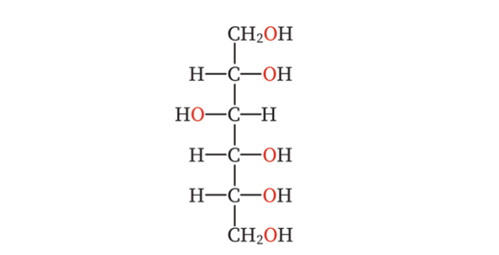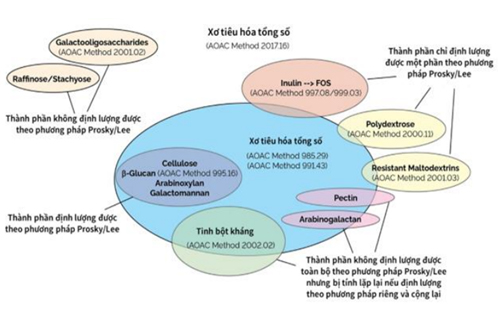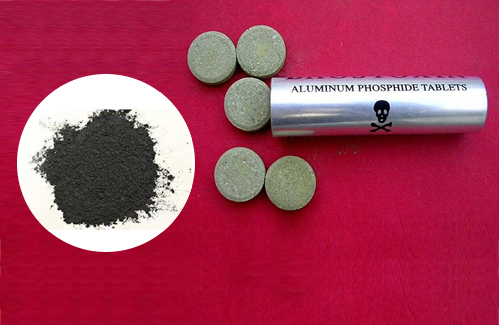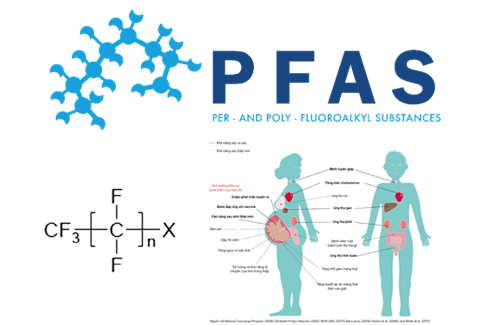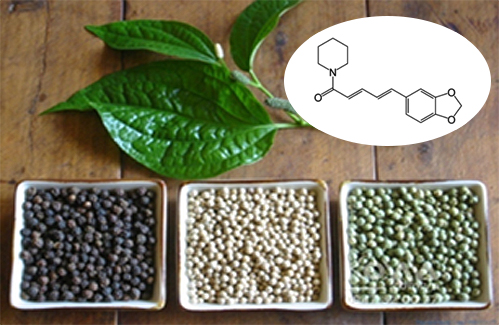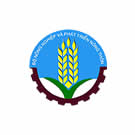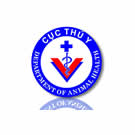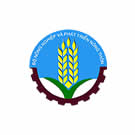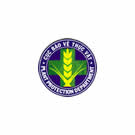- Folder Technical News
- Views 361
- Last Updated 20/12/2024
Did you know that Escherichia coli can live in your gut without causing any trouble? But certain types can make you really sick with symptoms like diarrhea and vomiting. Let's explore Escherichia coli food poisoning in more detail with the experts at the National Institute for Food Control.
What is Escherichia coli?
Escherichia coli (E. coli) is a rod-shaped, Gram-negative bacterium that is facultative anaerobic. They commonly live in the intestines of humans and warm-blooded animals. Most E. coli strains are harmless and play an important role in human digestion. However, some types of E. coli can cause diarrhea or other intestinal diseases.
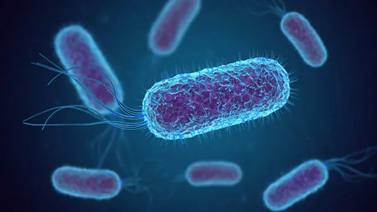
Figure 1. Escherichia coli
E. coli can be transmitted through contaminated water or food, and they can also survive and multiply rapidly in other suitable environments. Based on clinical symptoms, E. coli strains are classified into 6 groups, all related to diarrhea and collectively referred to as diarrhea-causing E. coli.
- E. coli Shiga toxin-producing (STEC)
- E. coli enterotoxigenic (ETEC)
- E. coli enteropathogenic (EPEC)
- E. coli enteroaggregative (EAEC)
- E. coli enteroinvasive (EIEC)
- E. coli diffusely adhering (DAEC)
Symptoms of food poisoning caused by Escherichia coli
Symptoms of gastroenteritis due to E. coli include:
- Diarrhea, often watery and sometimes bloody.
- Abdominal pain and cramps.
- Loss of appetite.
- Mild fever.
Watery diarrhea is often the first symptom of E. coli infection in the gastrointestinal tract. The incubation period can last from 3 to 8 days, with an average of 3 to 4 days.
Sources of Escherichia coli Infection
Food can be contaminated with E. coli due to:
- Improper handling or storage.
- Not washing hands or insufficient washing before cooking or eating.
- Using unclean utensils or kitchen equipment.
- Spoiled food due to improper storage.
- Eating undercooked food, consuming raw seafood that has not been properly processed.
- Drinking unpasteurized milk.
- Slaughtering or processing meat from infected poultry.
Contaminated water: Drinking contaminated water or swimming in contaminated water bodies.
Person-to-person transmission: Bacteria can easily spread to others when hands are not washed properly after hygiene activities and touching others or sharing items with infected individuals.
Animals: People who come into contact with animals, especially cattle, goats, and sheep, may become infected from bacteria residing in animals.
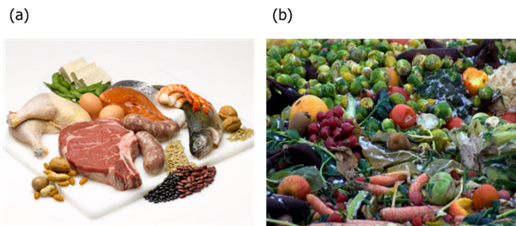
Figure 2. Some foods at risk of Escherichia coli contamination
(a) Raw food, (b) Unwashed vegetables and fruits
How Escherichia coli Spreads
The presence of E. coli in water, food, or on people's hands is a clear indicator of fecal contamination. The main cause of this issue is often related to improper waste management and the habit of using fresh manure to irrigate vegetables, allowing bacteria to survive in the environment and easily enter food.
E. coli primarily spreads through the fecal-oral route, and with poor hygiene, this bacterium can easily contaminate fresh meat during slaughtering. Additionally, improper food preservation and processing methods contribute to the spread of E. coli, leading to the risk of diarrhea from this infection.
Situation of Escherichia coli foodborne outbreaks globally
In September 2024, a case of E. coli poisoning linked to sliced onions at McDonald's in 14 U.S. states resulted in at least 104 people being poisoned, with one death reported. A World Health Organization (WHO) report from 2010 estimated that there are approximately 111 million cases and around 63,000 deaths due to diarrhea-causing E. coli globally each year. Infection rates vary by region, with certain types of E. coli infections, primarily ETEC, causing diarrhea. E. coli poisoning cases have also been reported in countries like India and China, mainly related to contaminated food and drinking water.
Situation of Escherichia coli foodborne outbreaks in Vietnam
In Vietnam, specific information about E. coli-related poisoning cases is often not widely disclosed or detailed. However, some suspected food poisoning cases linked to E. coli have been recorded in reports and studies. In March 2019, Bình Đa Primary School in Đồng Nai reported a food poisoning case associated with bacteria. Although there was no official announcement about the specific strain of bacteria, the incident was suspected to be related to E. coli. Dozens of students exhibited food poisoning symptoms, including abdominal pain and diarrhea.
Diagnosis of Escherichia coli Poisoning
To diagnose E. coli poisoning, blood, stool, or other samples from patients can be cultured and isolated for E. coli using traditional or modern microbiological methods. If it is suspected that a patient is poisoned by a hemorrhagic strain of E. coli, the laboratory needs to use special culture media.
Prevention of Escherichia coli food poisoning
- Safe food should be used, only consuming fresh food. Fruits and vegetables eaten raw should be thoroughly soaked and washed with clean water. It is advisable to peel fruits before eating. Do not use frozen food that has been thawed and refrozen multiple times.
- Only eat well-cooked food, and avoid consuming large amounts of raw or undercooked food.
- Food should be eaten immediately after cooking to ensure the flavor of the dish while avoiding contamination from the environment.
- Properly and carefully store cooked food. Leftover cooked food should be reheated thoroughly if used again after 5 hours. Do not give leftover food to children again.
- Cooked food can be contaminated with pathogens due to contact with raw food or dirty surfaces (such as using the same knife or cutting board for food preparation). Dishes should be cleaned and dried with a clean towel.
- Properly handle the waste of infected individuals, maintain good hygiene, and wash hands thoroughly with soap and running water to limit disease transmission.
Methods for Testing Escherichia coli
There are many methods used to analyze E. coli, with traditional culture methods being one of the common approaches. Accordingly, E. coli is quantified using colony counting techniques at a temperature of 41°C, following the standard TCVN 7924-3:2017 (ISO 16649-3:2015). Additionally, molecular biology methods such as PCR (Polymerase Chain Reaction) and Real-time PCR are also used to analyze E. coli. In a combined analysis method, E. coli samples are cultured on agar plates, identified using the Malditof (Matrix-Assisted Laser Desorption/Ionization Time-of-Flight) method, and the 16S gene sequence is analyzed.
The National Institute for Food Control regularly implements testing activities for E. coli, with leading food testing capabilities in Vietnam. The laboratory, equipped with modern facilities and a team of qualified staff and experts, is committed to providing customers with the best food testing services based on the principles of honesty, dedication, accuracy, efficiency, and reputation.
Author: Phạm Ngọc Hà
References
[1] “Environmental Escherichia coli: ecology and public health implications—a review | Journal of Applied Microbiology | Oxford Academic.” Accessed: Sep. 21, 2024. [Online]. Available: https://academic.oup.com/jambio/article-abstract/123/3/570/6714054?redirectedFrom=fulltext&login=false
[2] CDC, “About Escherichia coli Infection,” E. coli Infection (Escherichia coli). Accessed: Sep. 21, 2024. [Online]. Available: https://www.cdc.gov/ecoli/about/index.html
[3] CDC, “Information for Clinicians,” E. coli Infection (Escherichia coli). Accessed: Sep. 21, 2024. [Online]. Available: https://www.cdc.gov/ecoli/hcp/guidance/index.html
[4] “E. coli.” Accessed: Sep. 21, 2024. [Online]. Available: https://www.who.int/news-room/fact-sheets/detail/e-coli





